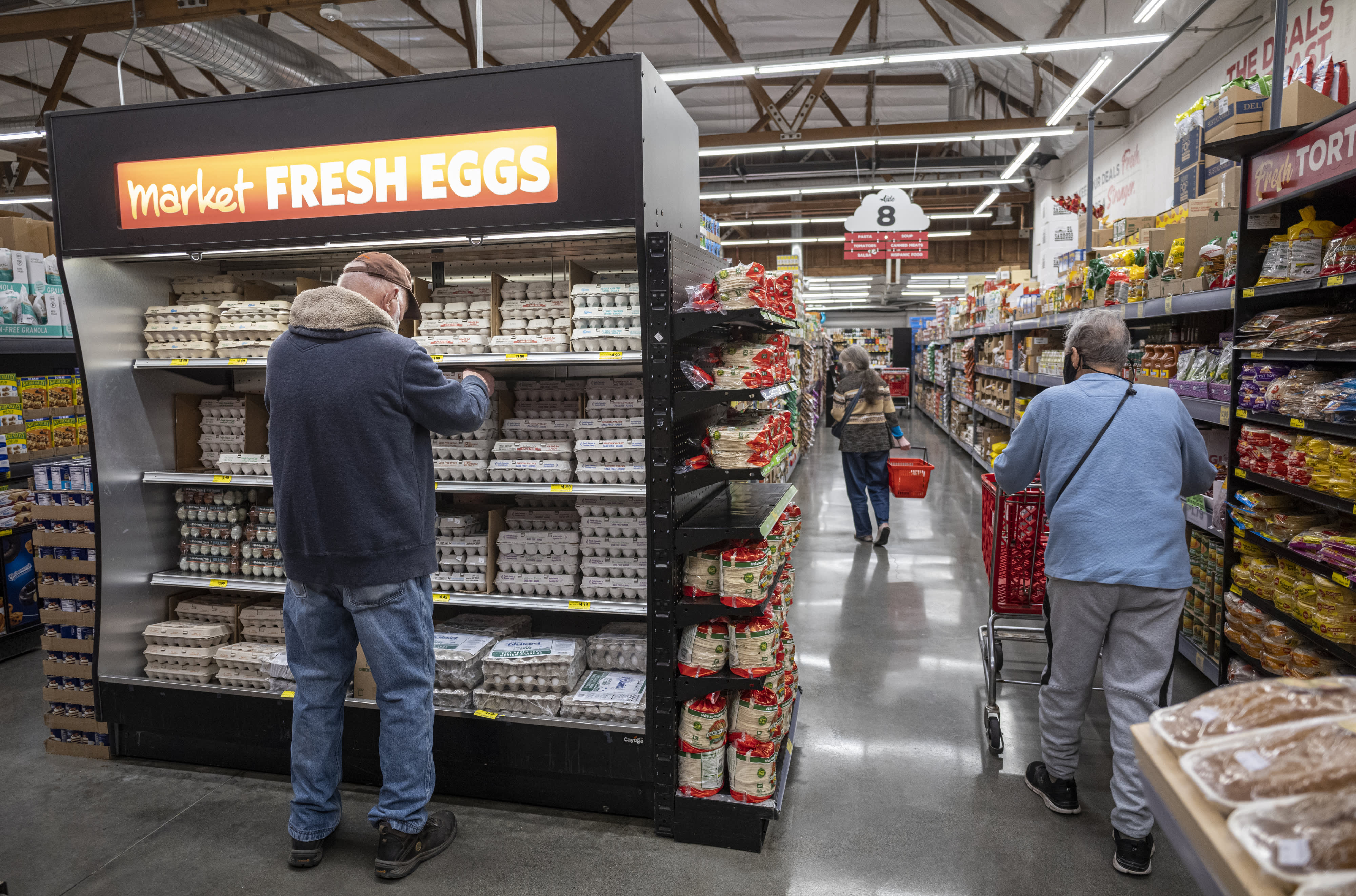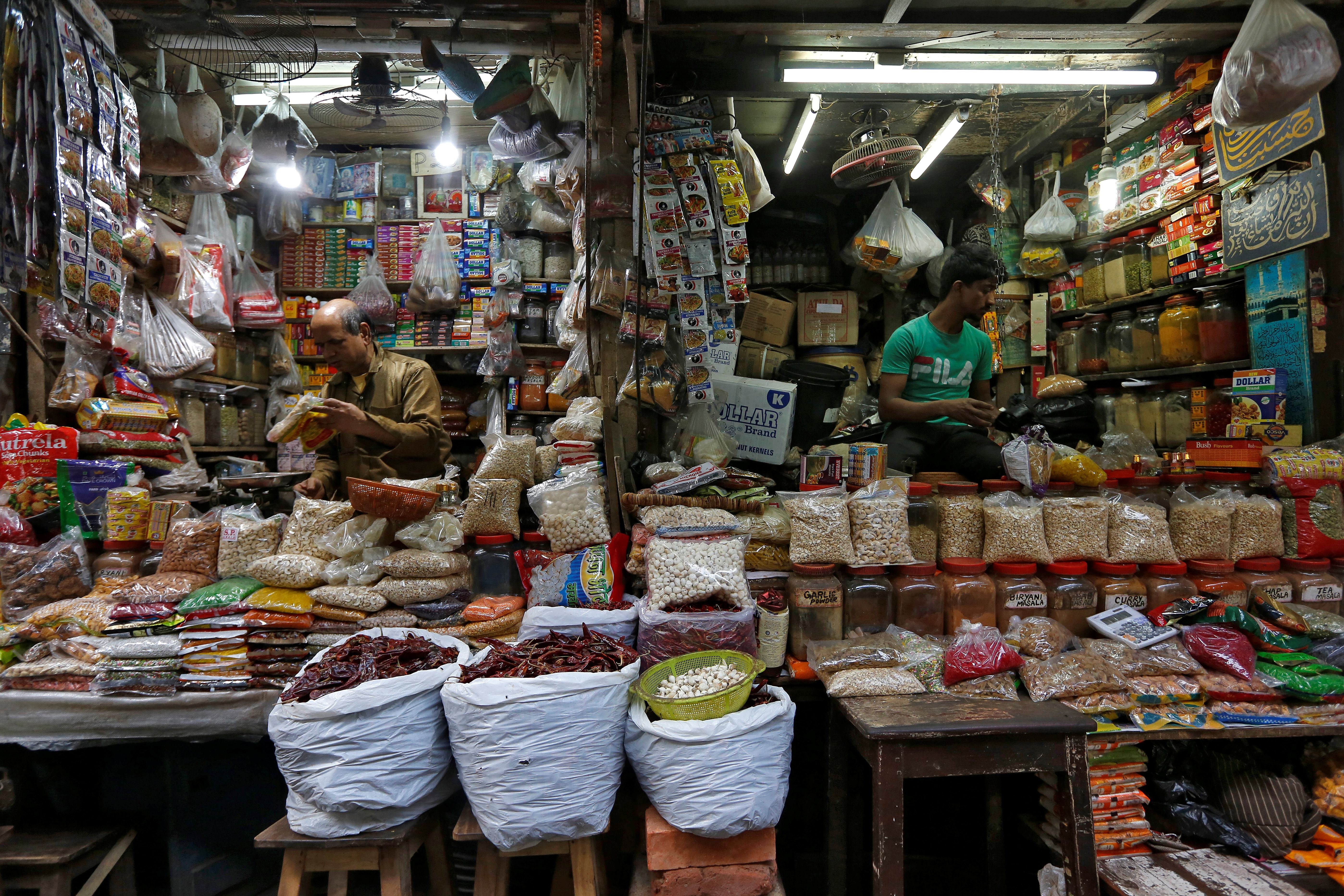August Retail Inflation for Industrial Workers Eases to 6.91%

August Retail Inflation for Industrial Workers Eases to 6.91%
In August, retail inflation for industrial workers, measured by the Consumer Price Index for Industrial Workers (CPI-IW), showed a marginal dip, settling at 6.91%.
The Consumer Price Index for Industrial Workers (CPI-IW) is an economic indicator that measures the average change over time in the prices paid by urban consumers for a market basket of consumer goods and services.

It’s a crucial metric, especially in countries like India, where it not only tracks inflation trends for a specific segment of the society but also plays a vital role in wage revisions of millions of industrial workers.
Retail inflation for industrial employees decreased to 6.91% in August from 7.54% in July of this year, mostly as a result of decreasing food costs.
According to a statement from the Labour Bureau, “Year-over-year inflation for the month (August) stood at 6.91% compared to 7.54% for the previous month and 5.85% during the corresponding month last year.”August had a 10.06 percent increase in food prices compared to July’s 11.87 percent increase and August 2022’s equivalent month’s 6.46 percent increase.

The Consumer Price Index for Industrial Workers (CPI-IW), which is compiled every month by the Labour Bureau, an associated office of the Ministry of Labour & Employment, is based on retail prices gathered from 317 marketplaces dispersed over 88 industrially significant locations in the nation.On the final working day of the next month, the index is created for 88 centres as well as All-India.
In August 2023, the All-India CPI-IW dropped 0.5 points to 139.2 points. July 2023 saw 139.7 points. The Food & Beverages group exerted the most negative pressure on the current index, adding 0.71 percentage points to the overall decrease.
Wheat, poultry/chicken, eggs-hen, cotton seed oil, apple, brinjal, cauliflower, green chillies, ginger, lady’s finger, tomato, household power, kerosene oil, etc. are to blame for the index’s decline at the item level.
It was noted that factors pushing up the index, such as rice, arhar dal, onion, cumin seed/jira, cooked meals, tailoring fees, school books and other fees-ITI, private tutor/coaching centre fees, tuition and other fees-college and school-ITI, stationery, etc., counteracted this decline.

Jaipur registered a maximum drop of 4.8 points at the centre level. Among others, 3 centres had a drop of 3 to 3.9 points, 11 centres saw a drop of 2 to 2.9 points, 13 centres saw a drop of 1 to 1.9 points, and 22 centres saw a drop of 0.1 to 0.9 points. Cuttack, on the other hand, saw the largest increase—4.4 points—followed by Jalandhar, 4.0 points, Dadra & Nagar Haveli, and Kollam, each with 3.7 points.
In addition, 3 centres had an increase of 2 to 2.9 points, 9 centres saw an increase of 1 to 1.9 points, and 18 centres saw an increase of 0.1 to 0.9 points. The indexes for the remaining 4 centres remained constant.
While the dip to 6.91% in August might appear slight, in the context of inflationary pressures, even marginal changes can be significant. Let’s analyze the factors that contributed to this trend:
- Historically, food and beverage prices have been a volatile component of the CPI-IW. In August, there was some relief as prices of certain vegetables and pulses showed moderation.
- Global crude oil prices have seen fluctuating trends. Any moderation in this segment, combined with the government’s tax adjustments on fuel, can influence the CPI-IW.
- The pricing in the manufacturing sector is influenced by raw material costs, logistics, and labor costs. Any easing of raw material prices or increased production efficiencies can play a part in the inflation figure.

The 6.91% inflation in August, when compared to previous months, shows a fluctuating yet consistently high trend for the year. This is concerning, given that persistent inflation erodes purchasing power and can affect consumption patterns.
Inflation erodes the real income of workers. If wage hikes don’t keep pace with inflation, workers face reduced purchasing power. This impacts their overall quality of life and consumption habits.Many wage agreements and contracts are tied to the CPI-IW. If inflation remains high, it can trigger cost of living adjustments, pushing employers to increase wages.
Central banks closely watch inflation trends to make decisions about interest rates. Persistent inflation can lead to tightening of monetary policy to curb demand and reduce inflationary pressures.High inflation can erode real returns on investments. This might affect investment patterns, with investors seeking higher returns to compensate for inflation.
While the easing of retail inflation for industrial workers in August is a positive sign, it’s essential to watch the trend over the next few months. A consistent decline or stabilization would be ideal for economic stability, while fluctuations or upward trends would signal persistent challenges.

Inflation, while a natural component of growing economies, can pose challenges when persistent or when it grows at a rate that outpaces wage growth. The dip in August’s CPI-IW is a hopeful sign, but continuous monitoring and strategic interventions are crucial to ensure the financial well-being of industrial workers and the broader economy.



